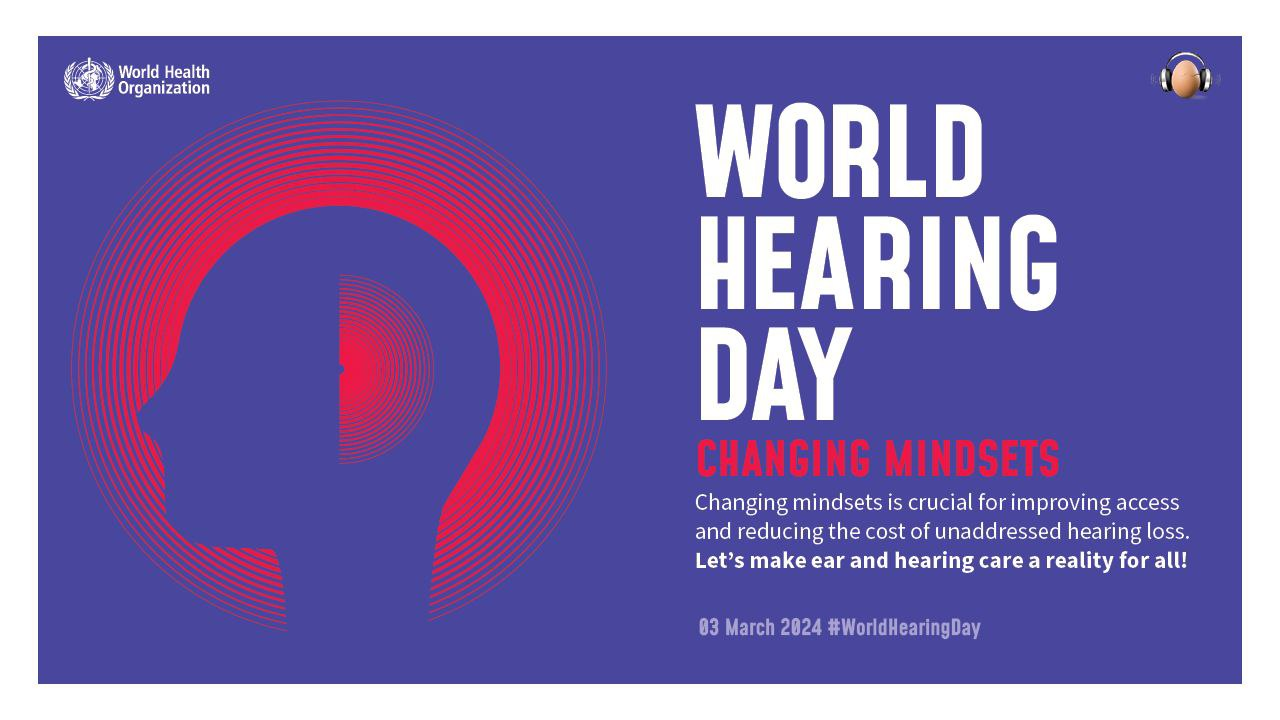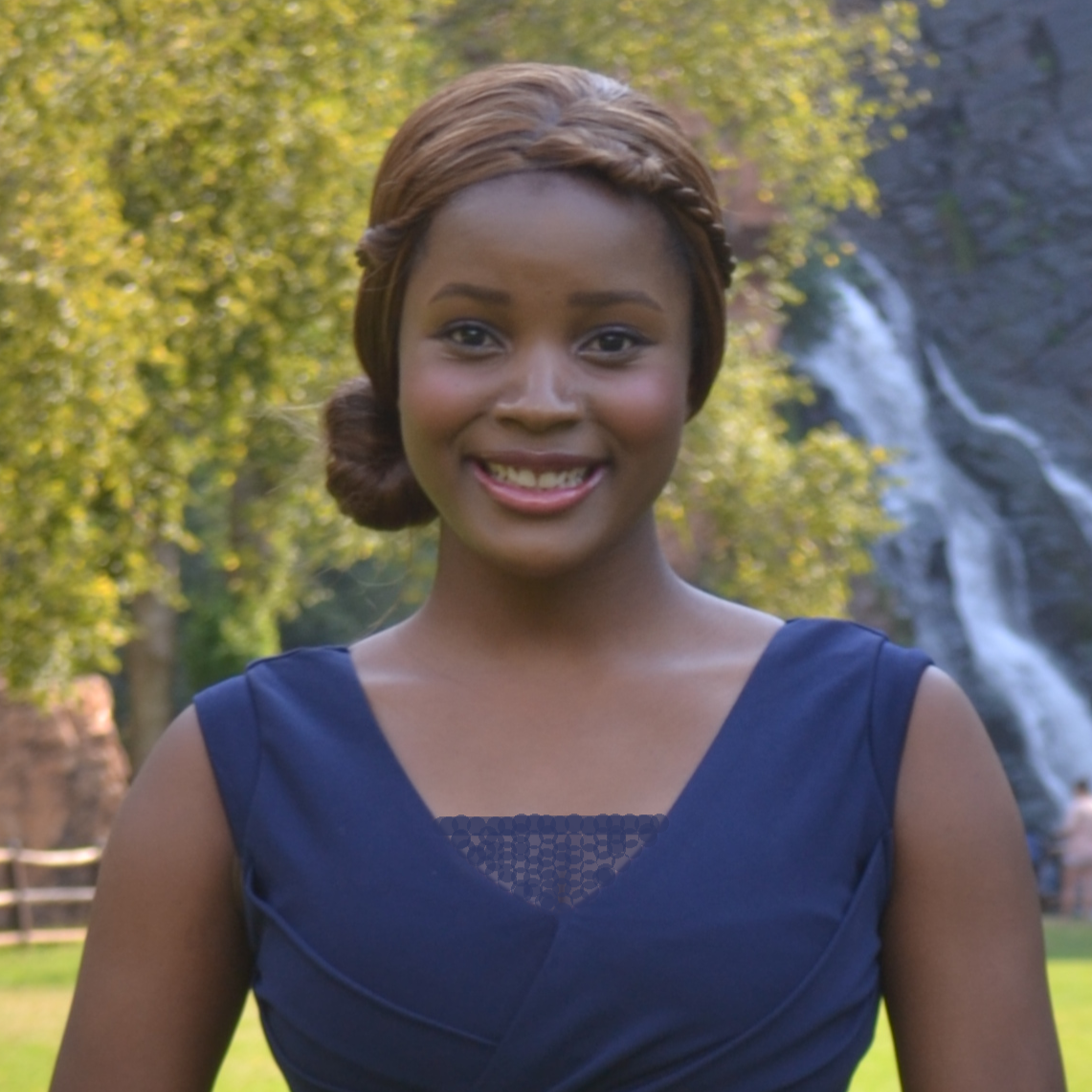
The World Health Organization says hearing loss and deafness can reduce if ear disease management is addressed at an early stage for all ages. Picture Supplied.
As billions of people across the world celebrate World Hearing Day (WHD), 3 March, the World Health Organization (WHO) says there are over 1.5 billion people living with hearing loss and nearly 430 million people living with disabling hearing loss, globally.
In its planning guide for the awareness campaign for WHD, the agency states that these numbers will rise in the next “decades due to changing population demographics, increasing exposure to risk factors such as recreational noise, persistence of untreated ear conditions such as otitis media,” as well as “ototoxic medicines.”
This year marks seven years since the adoption of the resolution on prevention of hearing loss and deafness that was passed at the World Health Assembly.
At the assembly, hearing care and hearing loss were highlighted as a public health issue and on 3 March each year, WHO continues to address this issue through WHD.
The date 3 March has a significant meaning and in the WHD Planning Guide, WHO explains that the number of the day and month, which is three (3.3) “resembles the shape of the two ears.”
This year, the theme of the campaign is “Changing mindsets: Let’s make ear and hearing care a reality for all.”

WHO continues to address the public health issue of hearing care and hearing loss. Picture: WHO.
This prestigious awareness campaign addresses the public health issue of the global high level of unaddressed hearing loss cases. This is because hearing loss and deafness is preventable or can be reduced at any age through addressing ear diseases at an early stage. Ear diseases need to be identified at an early stage and managed through ensuring to undergo hearing assessments and ear examinations, immunisation; “good maternal and childcare practices; genetic counselling; identification and management of common ear conditions; occupational hearing conservation programmes for noise and chemical exposure; safe listening strategies for the reduction of exposure to loud sounds in recreational settings; and rational use of medicines to prevent ototoxic hearing loss,” says WHO.
If hearing loss is identified, a person should undergo rehabilitation for hearing loss to enable them to “be as independent as possible in everyday activities.”
WHO explains that this can be done through, “the provision of, and training in the use of hearing technologies (e.g. hearing aids, cochlear implants and middle ear implants); speech and language therapy to enhance perceptive skills and develop communication and linguistic abilities; training in the use of Sign Language and other means of sensory substitution (e.g. speech reading, use of print on palm, Tadoma, signed communication); the provision of hearing assistive technology, and services (e.g. frequency modulation and loop systems, alerting devices, telecommunication devices, captioning services and sign language interpretation); and counselling, training and support to enhance engagement in education, work and community life.”
WHO explains that persistent untreated ear conditions lead to otitis media and morbidity. The rise in unaddressed hearing loss cases has resulted in an annual cost of $980 billion, globally. WHO says, this includes health sector costs (excluding the cost of hearing devices), costs of educational support, loss of productivity and societal costs.”
The cost arises from the majority of people who live with hearing loss residing in low- and middle-income countries whereby they have limited access to services that can prevent hearing loss.
WHO says hearing loss and deafness is preventable through public health and clinics creating and implementing feasible strategies for effective ear disease management and rehabilitation for hearing loss for all ages.

